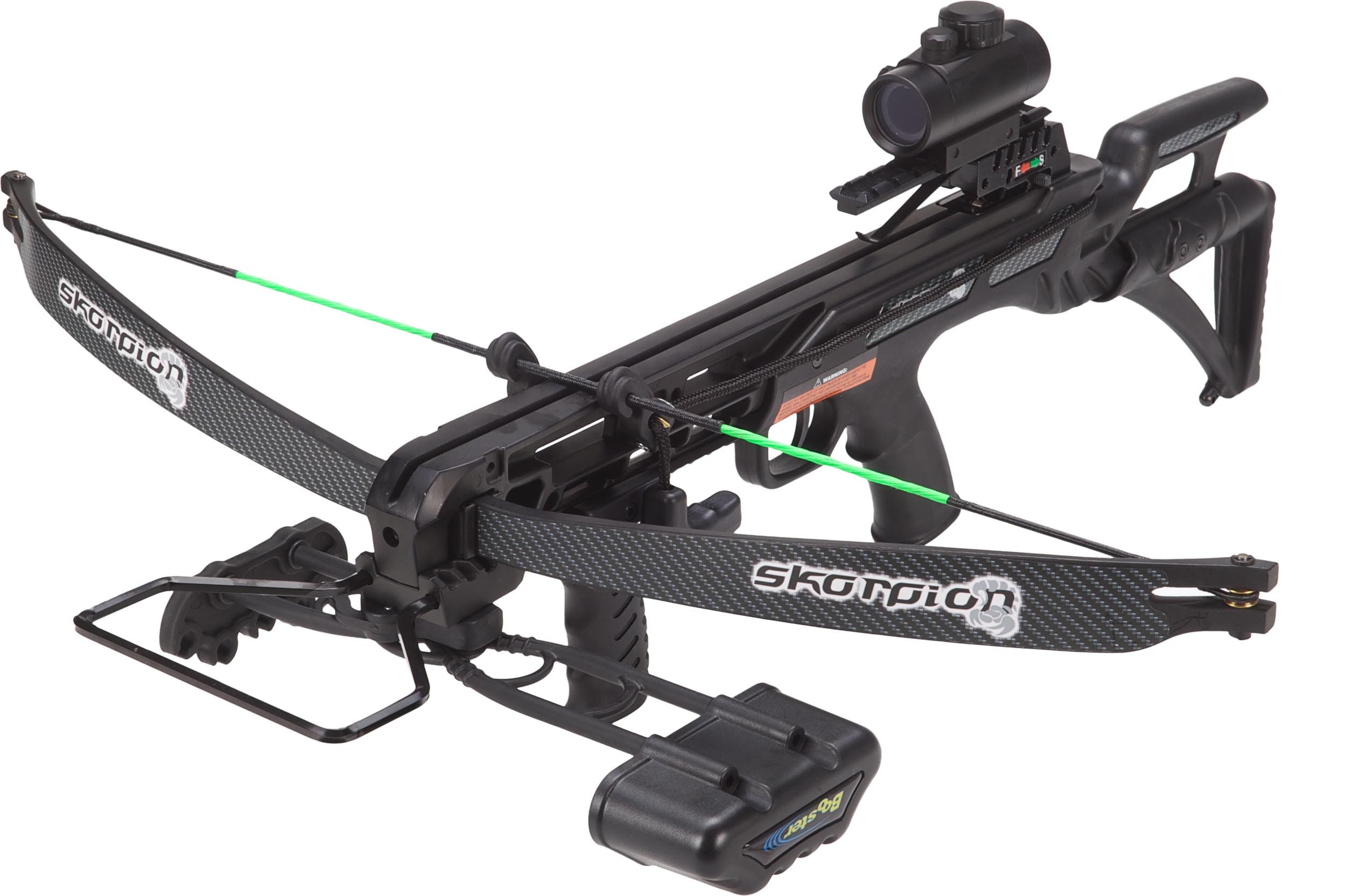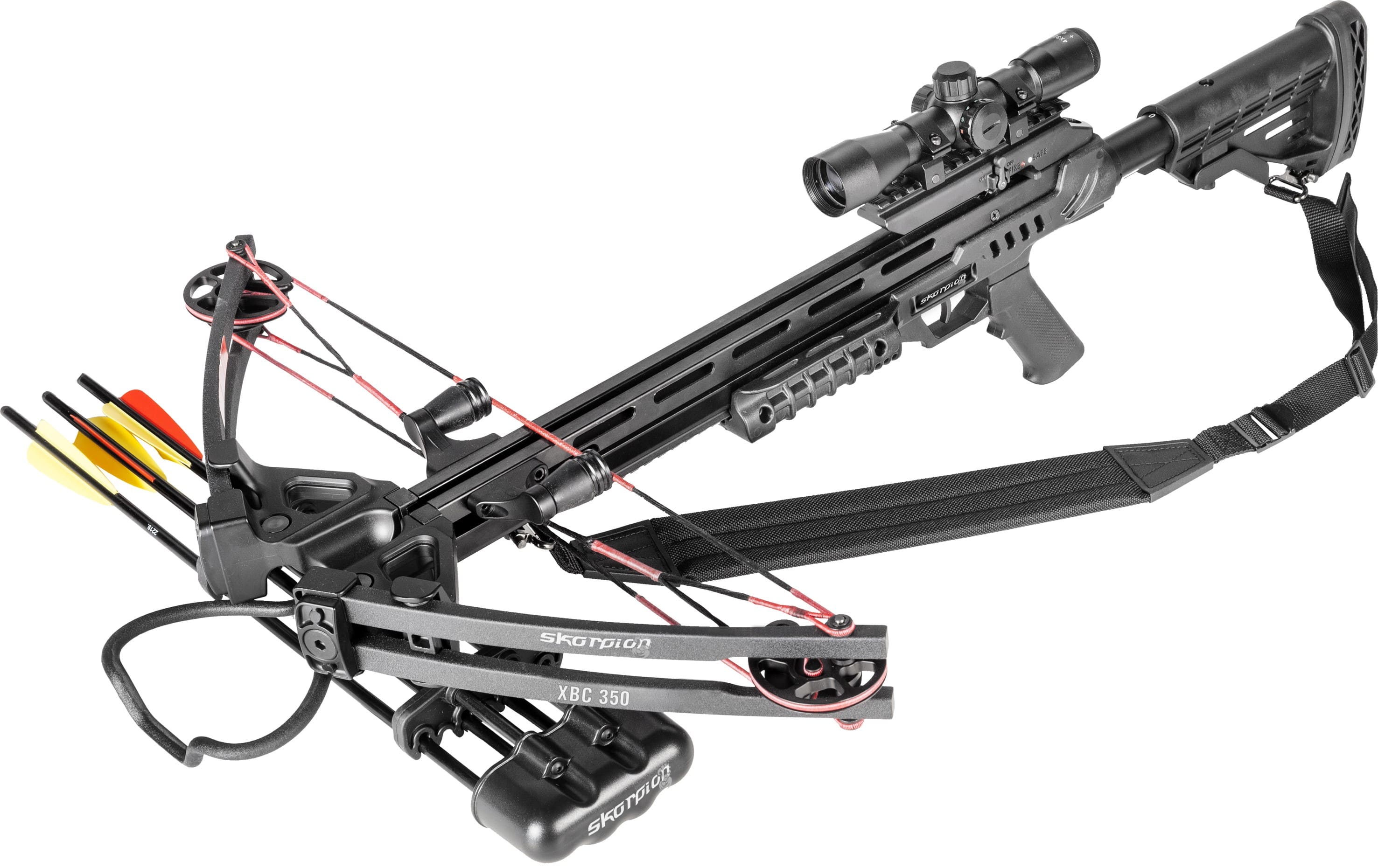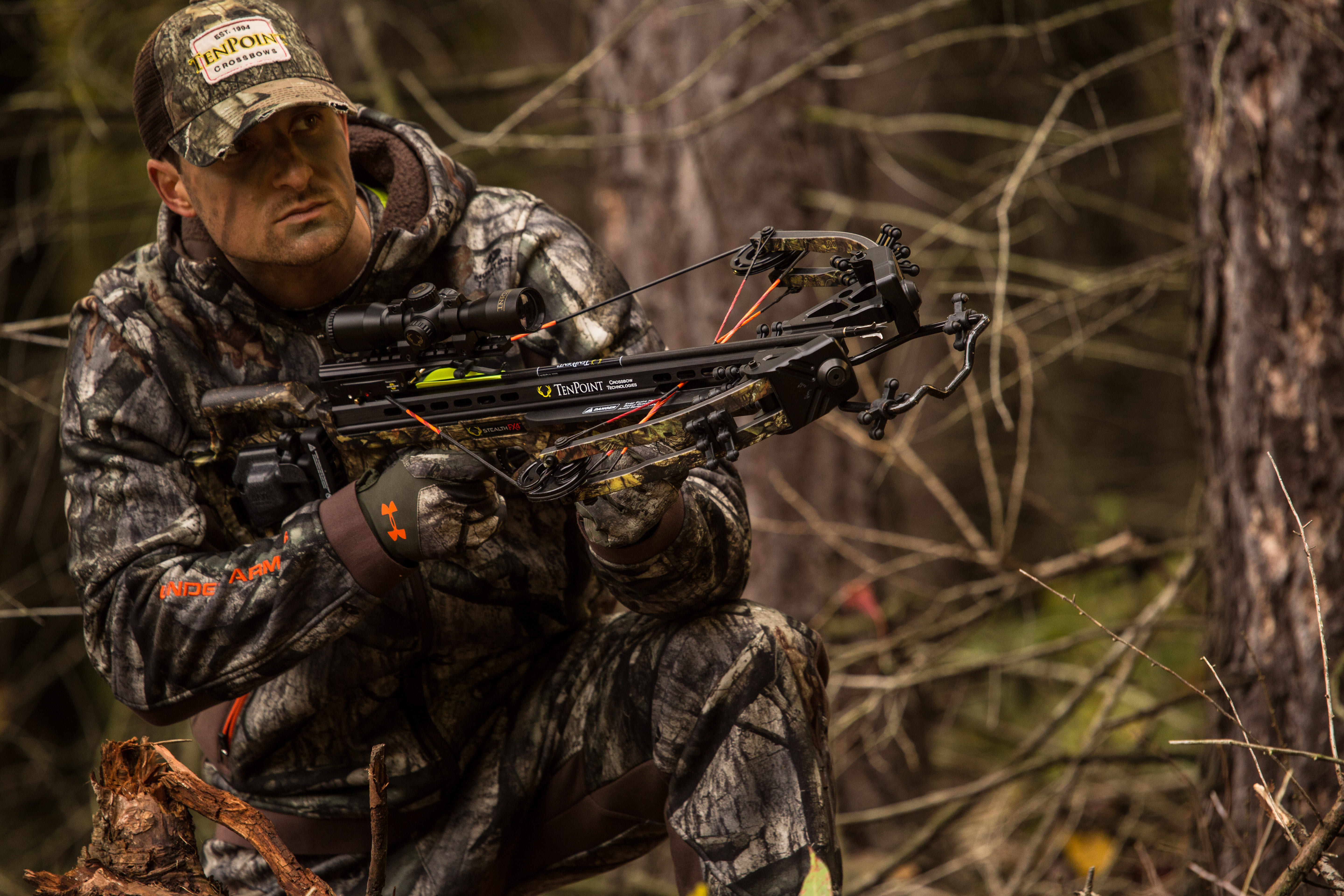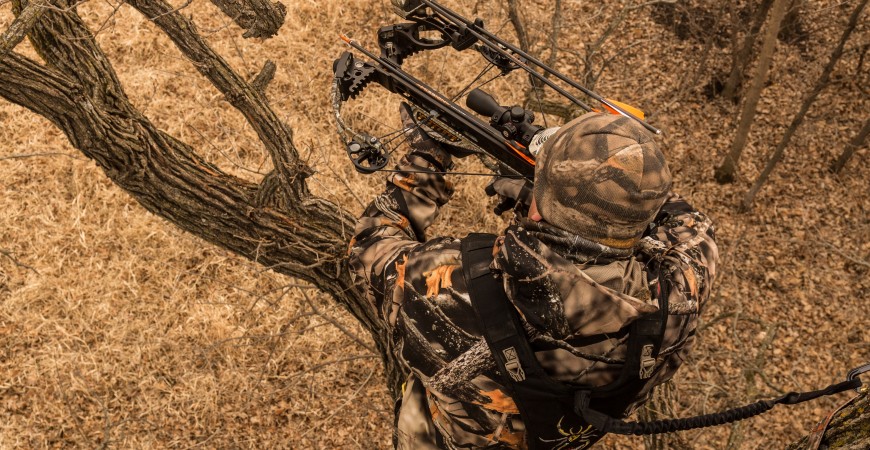The crossbow and its interesting facts
In today's post, we want to explain what a crossbow is and the types that exist, so that later on we can elaborate on some interesting facts about them in order to better understand them.
The crossbow, which is much more recent than the bow, having been invented 'only' 2,400 years ago, followed a parallel development to that of the bow, carving out its own area of use. Much slower in use, but more precise and powerful, it was mainly used in defensive situations and in the presence of shelters for reloading. Although both instruments were intended to shoot arrows, the crossbow is much closer in concept and use to a gun. Precisely because of this similarity, the approach with the crossbow is simple and intuitive, and it is much easier to immediately achieve satisfactory results in terms of shooting accuracy. It is its accuracy and effectiveness (particularly in compound models) that have earned the crossbow a prominent place as a hunting tool, especially in the United States where it enjoys its own well-defined season.
There are two types of crossbows:
- The recurved or traditional crossbow, as we know, is a sporting shooting weapon equipped with a simple recurved bow. It has less complexity in its construction, which usually makes the traditional crossbow a cheaper and more fun tool. For those who still want a quality tool in the traditional configuration, high-end models are also available.
They offer many advantages such as:
- Great simplicity in rope replacement
- No cams to adjust
- They are lighter
- Compatible with a multitude of darts
- Easier to maintain and use than the compound crossbow
- The compound crossbow is a combination of the traditional crossbow and the compound bow.

- The compound crossbow technology makes it easier to cock the string and improves the accuracy of the shot. The speed with which the dart comes out of this type of crossbow can be compared to that of the compound bow.
The compound crossbow is very common among hunters (in countries where hunting with a crossbow is permitted), and is gradually being used more and more for sport and competitive shooting as well as for fun.
The main advantages of the compound crossbow:
- A higher dart exit velocity.
- They are more compact
- They are easier to cock
- They are more accurate

Curiosity about crossbows: the 6 most frequently asked questions
We have gone so far as to give you some of the answers to the questions that our customers or people approaching the world of crossbows ask us the most. Thanks to our many years of experience in this field, we have been able to provide answers to all the questions that we have been asked and continue to be asked on a daily basis for many years, so we feel it is important to make them known, as they may be useful to all of you.
The world of crossbows is a somewhat complex one, so we think it is good to know the most important things about them.
So let's find out the most common questions about the crossbow, shall we?
What distance can a crossbow dart reach?
Crossbows have different ranges of power and performance and it is not possible to give an absolute answer. In general terms, it can be said that a modern crossbow easily achieves a good degree of accuracy up to 50-60 metres, beyond this distance everything becomes more difficult.
As far as maximum range is concerned, the subject is different and it can be said that a crossbow of 150lb or more can, with the appropriate angle, exceed 400 metres.
Therefore, be careful never to pull upwards and make sure you have good protection behind the target.
What is the maximum power of a crossbow?
Crossbows can essentially be divided into two categories as we mentioned earlier: traditional and compound crossbows. Compound crossbows only release a small part of the stored energy and are therefore much more powerful. The traditional crossbows have a different energy storage and restitution system that results in the dispersion of a large part of the stored energy. Traditional crossbows can reach up to 250 lbs.
It should be noted, however, that the 'power developed', i.e. the ability to transmit a certain amount of energy to the dart, is not only the result of the poundage but is linked to the magnitude of the energy storage and the amount dispersed during release.
A correct crossbow evaluation parameter is therefore the speed of the dart, which is measured in feet per second (FPS).
But are crossbows effective tools for hunting?
While hunting with a crossbow is not permitted in Italy, crossbows were primarily created as hunting tools and in the United States, where hunting is permitted, they are used to hunt all types of animals.
What is the accuracy of a crossbow?
The accuracy of a crossbow is only partly due to the crossbow itself, but it is obvious that a higher-quality crossbow, therefore with a better trigger system, has a higher intrinsic accuracy than a lower-priced model. In general terms, we can say that with a quality crossbow, a well-tuned sighting scope and some experience, one can maintain a range of 10 cm to 40 metres.
Can a crossbow remain in the cocked position and if so for how long?
Remaining under tension with a force of 150-170 lbs. means a lot of stress on the materials, however, the best models of compoud crossbows designed for hunting use can remain under tension for several hours.
Can the crossbow be purchased and transported freely?
The firearms licence and the permission to transport firearms...it varies from country to country, we can only recommend that you check your country regulations first.
We hope that this post has been useful and that you have learnt more about the vast universe of crossbows.


